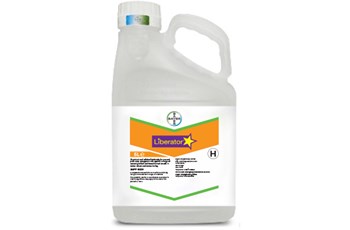Glyphosate application is the best method of controlling couch grasses. It is more effective and economic than the repeated cultivations that would otherwise be necessary.
Pre-harvest glyphosate in cereals can be particularly effective because it targets couch grasses at the time their translocation is directed downwards to store nutrients ahead of the winter. This ensures the most effective kill of the entire root system.
Unlike annual grass-weed control, the most effective post-harvest approach involves leaving stubbles uncultivated for 6-8 weeks, allowing couch grasses to grow to 4-5 leaves before spraying them off with glyphosate.
WARNING: Cultivating stubbles prior to spraying in a typical annual grass-weed control strategy will only spread damaged fragments of couch grass roots and shoots in the soil to emerge later and escape pre-planting spraying.










